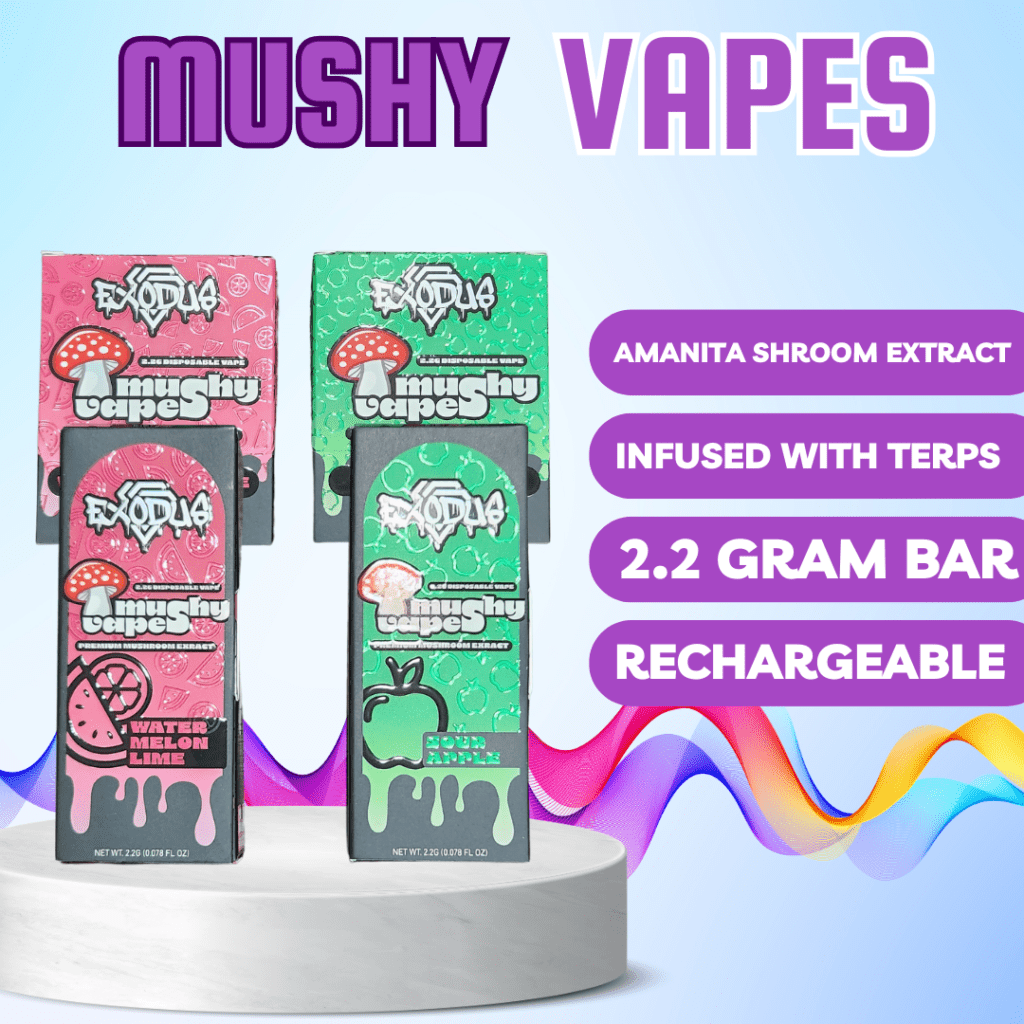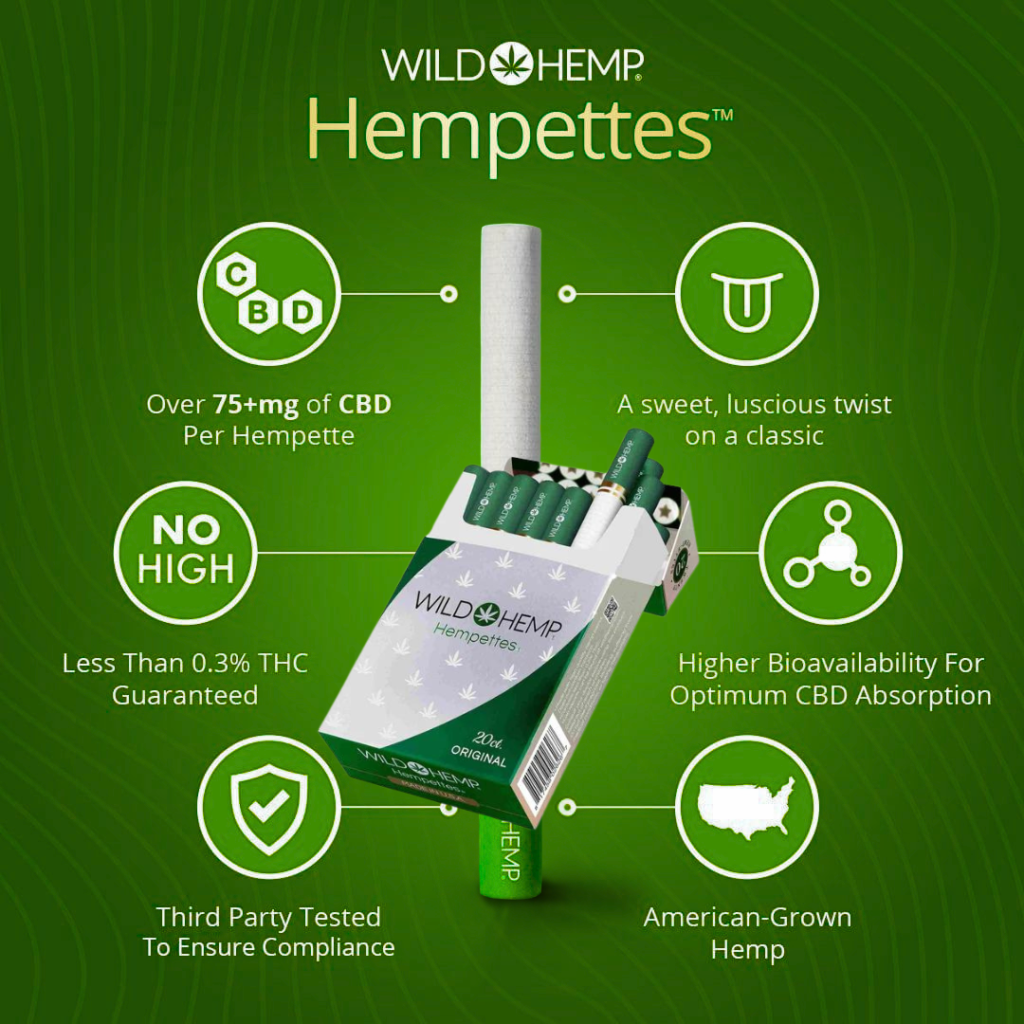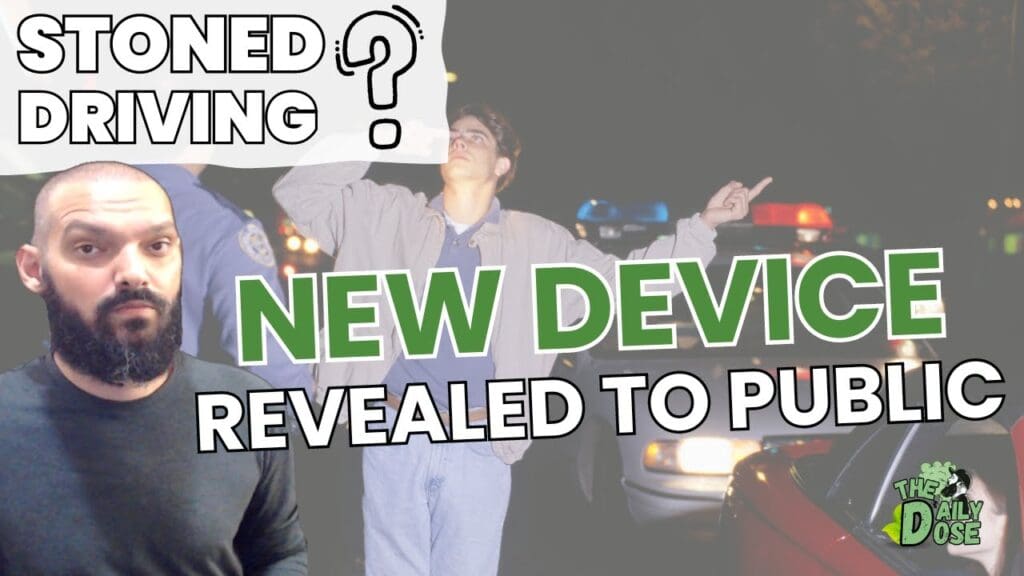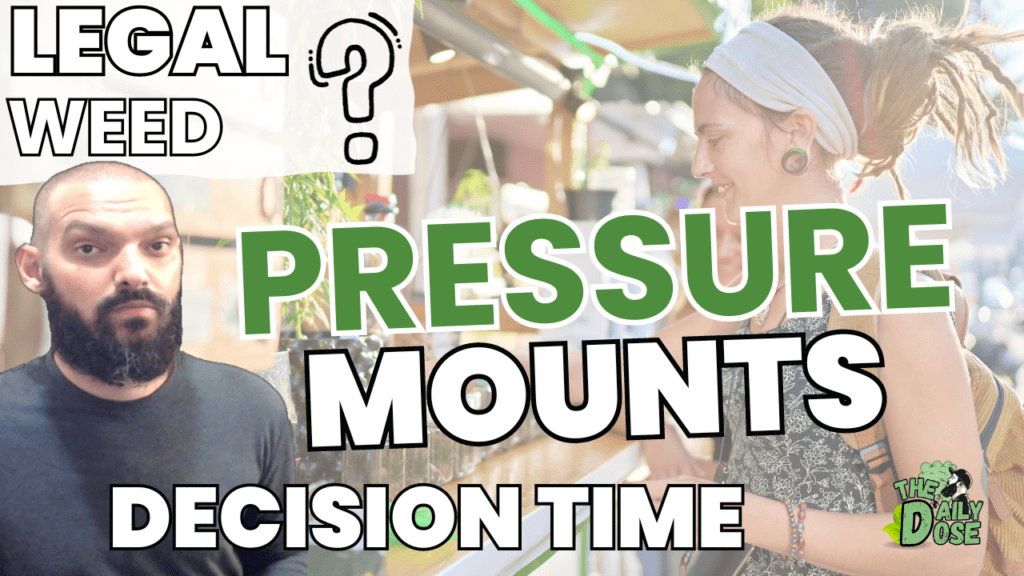Listen to the full episode here: The Daily Dose Podcast
New Sobriety Device For THC And Stoned Drivers Revealed
My Thoughts
As there are a growing number of users and participation rates increase across the board the Federal Government is looking at legalizing cannabis in some form. With such a change in society and the governing laws that protect it now a bigger question has arose.
The concern of stoned driving has become more of a talking point lately for law makers as we are on the brink of nationwide legalization. It’s the talk of the town almost everyday, everyday I wake up and another state is declaring to make a transition and write laws to legalize it.
So while legalizing cannabis is good another aspect is the risks associated with driving while under the influence, it’s a very difficult topic and even more so when relating it to cannabis as many would argue impairment is minimal but politicians don’t think it’s trivial at all.
In this episode I’m attempting to cover briefly a story surrounding the discovery of this new emerging technology to determine sobriety in stoned drivers. In the article it shares the idea behind it, who discovered it and revealed it.
Furthermore it talks a bit in detail about how this skull cap works exactly but more importantly it tells us what it’s doing to determine impairment by scanning the brain.
Introduction
As cannabis legalization becomes more widespread, concerns about impaired driving due to THC consumption have intensified. In response to this, the development of a new sobriety device for detecting THC impairment has emerged as a crucial technological advancement.
This article explores the background of cannabis use, the challenges faced by law enforcement, and the innovative solution provided by the latest THC field testing device.

The Development of a New Sobriety Device
Advancements in technology have paved the way for more sophisticated methods of detecting THC impairment. Collaborations between tech companies and law enforcement agencies have led to the creation of a new sobriety device specifically designed to address the challenges posed by stoned drivers.

How the Device Works
The device operates on scientific principles that allow for the real-time detection of THC in individuals suspected of impaired driving. Understanding the mechanism behind this technology is essential for grasping its efficacy and potential impact on roadside testing.

Efficacy and Reliability
Studies and trials have been conducted to assess the effectiveness and reliability of the new sobriety device. Comparisons with existing THC detection methods provide valuable insights into the device’s potential to revolutionize roadside testing procedures.

Benefits for Law Enforcement
The implementation of this new sobriety device promises to streamline roadside testing procedures for law enforcement. By enhancing accuracy and reducing the occurrence of false positives, the device offers practical benefits in identifying and addressing THC impairment among drivers.

Public Concerns and Privacy Issues
While the device aims to enhance public safety, concerns about privacy and individual rights come to the forefront. Balancing the need for effective THC detection with the protection of personal privacy is a critical consideration in evaluating the societal impact of this technology.

Implementations and Challenges
The integration of the new sobriety device into law enforcement practices poses both opportunities and challenges. Overcoming obstacles related to widespread adoption, public acceptance, and potential legal issues is crucial for the successful implementation of this technology.
Pros and Cons of the New Sobriety Device
Pros:
- Real-time Testing: The device allows for immediate and on-the-spot testing, providing timely results.
- Enhanced Accuracy: Compared to traditional methods, the device aims to offer higher accuracy in identifying THC impairment.
- Streamlined Procedures: Law enforcement can benefit from more efficient and straightforward roadside testing.
Cons:
- Privacy Concerns: The use of such technology raises concerns about the invasion of personal privacy and potential violations of individual rights.
- Potential for False Positives: Like any testing method, there is a risk of false positives, which can lead to unwarranted legal consequences.
- Challenges in Implementation: Widespread adoption may face challenges, including resistance from the public and legal hurdles.

THC Dosing Study Design and Results
In a meticulous exploration of THC dosing, RTI researchers conducted a comprehensive double-blind clinical study to delve into the impacts of both oral and vaporized administration of specified THC doses on behavior and performance.
The study, involving 20 participants, unfolded across six distinct dosing sessions, each separated by a minimum of one week. This research extended its focus to include forensic toxicology testing of blood, urine, and oral fluid samples.
Participants engaged in all six dosing sessions, consuming cannabis-infused brownies with varying THC concentrations (0, 10 mg, and 25 mg) and inhaling vaporized THC with different dosages (0, 5 mg, and 20 mg). The cognitive and psychomotor effects were scrutinized using established impairment tests, not currently integrated into legal protocols for marijuana intoxication determination.

Cognitive and Psychomotor Effects of THC
Prior to and post THC dosing, participants underwent assessments including the paced serial addition test, digit symbol substitution test, divided attention test, and tasks 1-4 from the DRUID iOS smartphone app. Additionally, standardized field sobriety tests were employed to detect alcohol impairment, comprising standing on one leg, walk and turn, modified Romberg balance, and eye tracking for nystagmus and pupillary response.
Following THC administration, participants reported heightened drug effects, reaching their peak three to five hours after oral ingestion and within zero to one hour after vaporized consumption. Cognitive and psychomotor functioning demonstrated a negative impact across all oral and vaporized THC doses, except for the lowest vaporized dose containing 5 mg THC.
For vaporized THC doses exceeding 5 mg, peak cognitive and psychomotor effects manifested within zero to two hours, returning to baseline after four hours. Conversely, oral THC doses exhibited cognitive and psychomotor effects one hour after administration, with peak effects emerging approximately five hours later. Participants’ cognitive and psychomotor functioning reverted to baseline eight hours post-oral administration.
Surprisingly, the one leg stand, walk and turn, and modified Romberg balance tests were deemed insensitive to cannabis intoxication for all study participants, according to the researchers.
In a parallel investigation, biofluid samples were meticulously collected and analyzed before cannabis dosing and at hourly intervals for eight hours afterward. The results from toxicology tests revealed that the levels of THC, cannabidiol, and cannabinol in blood, urine, and oral fluid did not correlate with cognitive or psychomotor impairment measures following either oral or vaporized cannabis administration.
This intriguing revelation prompts a reconsideration of the relationship between biofluid concentrations of cannabis components and observable impairment, challenging established assumptions in the field.

Conclusion: Paving the Way for Safer Roads
In conclusion, the development of a new sobriety device for THC field testing marks a significant step in addressing the challenges of impaired driving in the era of cannabis legalization.
The potential benefits for law enforcement in terms of accuracy and efficiency are evident, but the introduction of such technology also raises important questions about privacy and implementation challenges.
As this technology continues to evolve, its impact on roadside safety and individual rights will shape the ongoing discourse surrounding impaired driving.
FAQs
How does the new sobriety device detect THC impairment?
Is there a risk of false positives with the new sobriety device?
How does the device streamline roadside testing procedures?
What privacy safeguards are in place for individuals being tested?
How widely adopted is the new sobriety device among law enforcement agencies?
Related Articles:
- Future Of Cannabis And Industry Risk News
- Cannabis News Today Delta 8 And School Kids
- Safe Drug Spaces Program Cannabis News Now
- Strongest THC Available Cannabis News Today
- Cannabis News Today THC Carts On The Rise
Meet The Author





